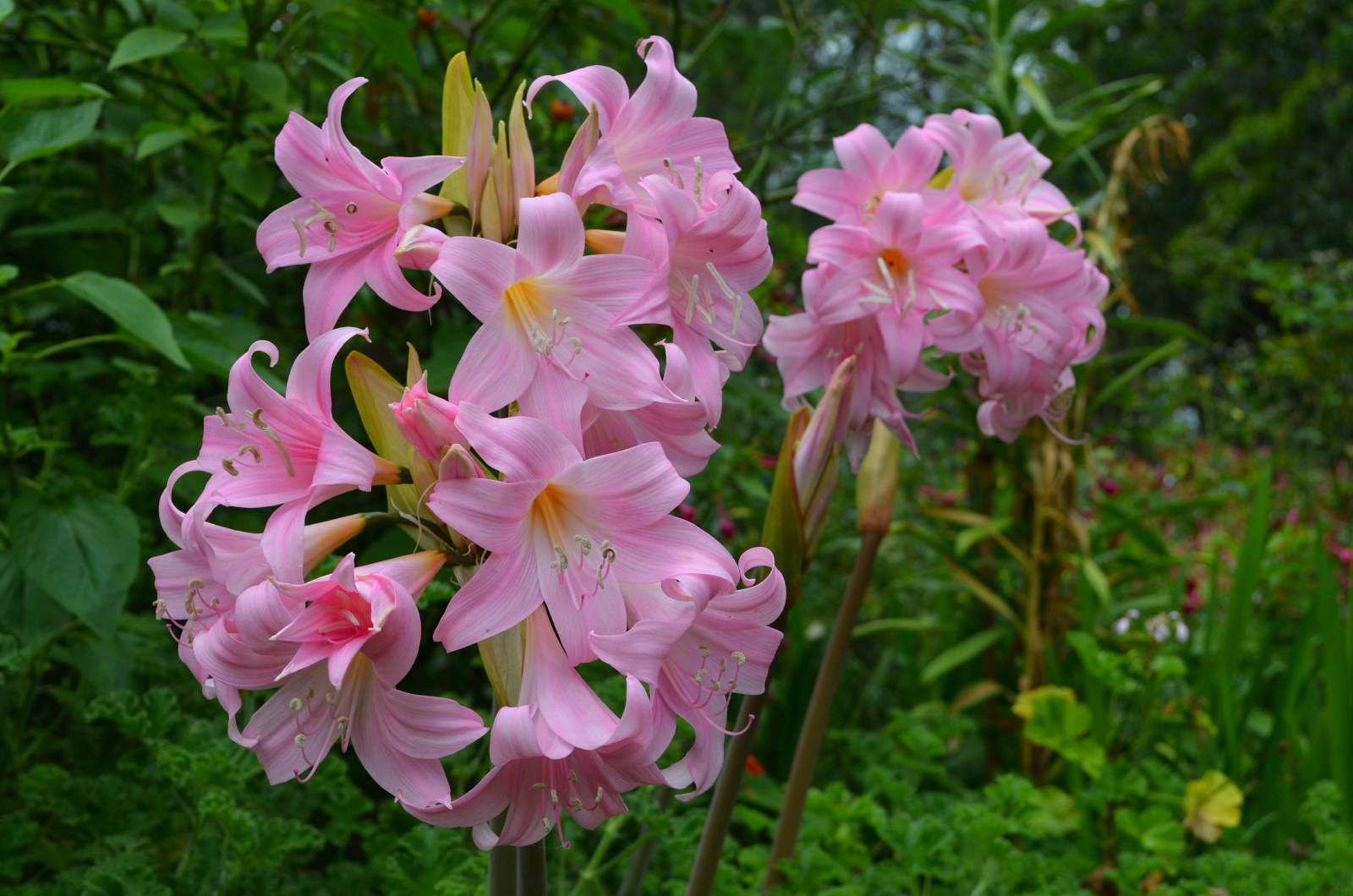Resisting the water exemptions
Many people have made the mistake of creating water dependent gardens by relying on timed irrigation systems that do not allow their plants to adjust to the harsh conditions prevalent in many parts of Australia.
In July 2004, having arrived back in Australia from four months in England’s green and pleasant land, I found myself the recipient of a water exemption certificate allowing the grounds of Vaucluse House to be hand watered every day prior to 10am. While this was most welcome I could not help thinking that this would be an ideal opportunity to demonstrate that the Historic Houses Trust is as equally devoted to the conservation of natural resources as it is to museums and collections.
There has been a lot of media coverage that highlights the disproportionate water usage in affluent suburbs like Vaucluse. To set an example on managing gardens throughout a prolonged period of drought would create a challenge worthy of the inconvenience of not making use of the exemption.
The garden staff decided to adhere to the restrictions, which at that time were limited to watering on Sundays, Wednesdays and Fridays between 6am and 10am and after 4pm. If we could manage to maintain 27 acres of gardens and grounds in spite of these restrictions then surely it would inspire others to reconsider their own responsibilities towards the preservation of this precious resource.
The miracle of mulch
The most obvious strategy is to slow down the loss of moisture from the soil by incorporating as much organic material as possible. This not only adds to the water retention capacity of the soil but also provides the plants with some much-needed nutrition. Using this organic material as surface mulch prevents soil from drying out too quickly through evaporation.
We were extremely lucky that in August 2004 we received 154mm of rain allowing us to immediately add mulch while the soil was saturated. At this crucial time we also added copious amounts of Wettasoil. This product has been a godsend and I’m certain would receive the blessing of St Fiacre, the patron saint of gardening! It assists the soil in its water holding capacity and would have been very welcome when Sir Henry Browne Hayes planted the first crops on the property. It brought one of our plants, Odontonema stricta, back from the brink of permanent wilting point, from which there is no return. All of our garden beds that were encrusted with dry impenetrable leaf litter had to be turned over so that the product could be worked into the soil. We then received a welcome 288mm of rain in September and October and immediately followed with another heavy mulch.
The kitchen garden
The kitchen garden is more problematic than the pleasure garden as the majority of crops are annuals and therefore require frequent watering.
During the last year, the produce from the kitchen garden has been abundant and of good quality, fostered by practices adopted to counteract the water shortage. Mulching, with straw and horse manure, and Wettasoil were again used in large amounts. Another water conserving practice that was implemented was to dam the areas between the vegetable rows. I was reluctant to do this at first as I felt it might make the garden look a little contrived and detract from the raw quality of early settlement that is evident in our kitchen garden reconstruction. However, when further research suggested that this was a practice commonplace in Victorian kitchen gardens I had no hesitation in accepting the idea. As the estate is situated in a small valley it also helped to capture some of the water that would otherwise end up in the creek, before finding its way into the harbour.
The creek is an obvious source of water that would have assisted the Wentworths in irrigating their property but since it is now a storm watercourse for upper Vaucluse its value to us is negligible except for the plants growing adjacent to it.
Maintaining the lawns
The lawns at Vaucluse House have received no additional water to the natural rainfall for the past two years and yet I do not recall one complaint from any of our many clients who have hired the grounds for commercial purposes or wedding ceremonies. We have managed the lawns by scarifying in the spring. This is a process where a machine is used to remove the dead thatched grass that forms a mat underneath the grass surface. This allows water to penetrate to the root zone more freely and promotes the strong growth of grass runners. Topdressing the lawns after scarification also allows the soil to replace the thatched layer enabling the grass to make a uniform sward.
I believe that many people have made the mistake of creating water dependent gardens by relying on timed irrigation systems that do not allow their plants to adjust to the harsh conditions prevalent in many parts of Australia. The sight of plants wilting tends to invoke panic in the minds of home gardeners but quite often the plant is merely employing its natural functions to limit its water loss. When confronted with uncomfortably hot conditions you and I can move to the shade or cool down with a refreshing drink but a plant can only curl up its leaves thereby reducing the loss of water through transpiration.
The future of water use
This unusual weather pattern might be here to stay; forcing us to consider using our exemption from the restrictions but I hope that our example inspires people to do their utmost to conserve this most important of natural resources, water.
Published on
Plant your history
Browse all
Plant your history
Beautiful bountiful bamboo
One of the most recognisable plants growing at Museums of History NSW today is bamboo. This colourful plant has a long history in colonial gardens

In the pink at Elizabeth Farm
Amid the late summer bounty in the garden at Elizabeth Farm, the crepe myrtle is the undoubted star of the show

Plant your history
Sumptuous cape bulbs light up late summer gardens
Belladonna Lilies and Crinum Lilies are tough bulbs that never say die and can survive years of neglect

Plant your history
Acanthus - an apt symbol for The Mint
Look at any classical building today, anywhere in the world and chances are you will find an acanthus leaf lurking somewhere